Filter by

Mathematical Modeling of the Human Brain
This open access book bridges common tools in medical imaging and neuroscience with the numerical solution of brain modelling PDEs. The connection between these areas is established through the use of two existing tools, FreeSurfer and FEniCS, and one novel tool, the SVM-Tk, developed for this book. The reader will learn the basics of magnetic resonance imaging and quickly proceed to generating…
- Edition
- -
- ISBN/ISSN
- 978-3-030-95136-8
- Collation
- -
- Series Title
- -
- Call Number
- -

Imperial Technoscience: Transnational Histories of MRI in the United States, …
The origin of modern science is often located in Europe and the West. This Euro/West-centrism relegates emergent practices elsewhere to the periphery, undergirding analyses of contemporary transnational science and technology with traditional but now untenable hierarchical categories. In this book, Amit Prasad examines features of transnationality in science and technology through a study of ma…
- Edition
- -
- ISBN/ISSN
- 9780262322065
- Collation
- 1 online resource (xi, 219 pages).
- Series Title
- -
- Call Number
- -
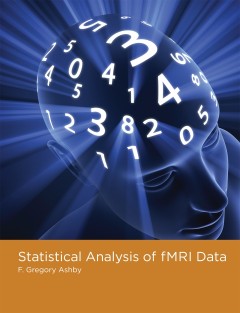
Statistical Analysis of fMRI Data
An overview of statistical methods for analyzing data from fMRI experiments.
- Edition
- Second edition
- ISBN/ISSN
- 9780262354059
- Collation
- 1 online resource (568 pages).
- Series Title
- -
- Call Number
- -
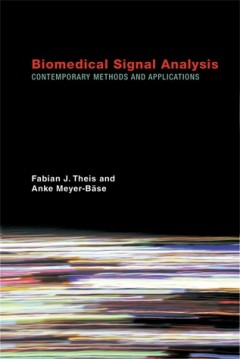
Biomedical signal analysis Contemporary Methods and Applications
"Biomedical signal analysis has become one of the most important visualization and interpretation methods in biology and medicine. Many new and powerful instruments for detecting, storing, transmitting, analyzing, and displaying images have been developed in recent years, allowing scientists and physicians to obtain quantitative measurements to support scientific hypotheses and medical diagnose…
- Edition
- -
- ISBN/ISSN
- -
- Collation
- 1 online resource (xiii, 415 pages, 8 unnumbered pages of plates) : illustrations (some color)
- Series Title
- -
- Call Number
- -
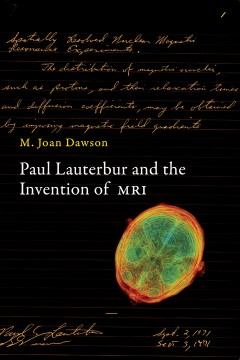
Paul Lauterbur and the invention of MRI
"On September 2, 1971, the chemist Paul Lauterbur had an idea that would change the practice of medical research. Considering recent research findings about the use of nuclear magnetic resonance (NMR) signals to detect tumors in tissue samples, Lauterbur realized that the information from NMR signals could be recovered in the form of images -- and thus obtained noninvasively from a living subje…
- Edition
- -
- ISBN/ISSN
- 9781461939023
- Collation
- 1 online resource (xv, 273 pages) :illustrations
- Series Title
- -
- Call Number
- -
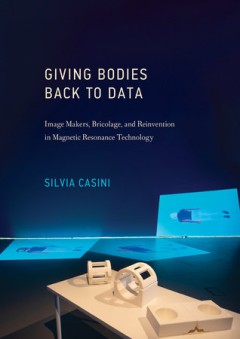
Giving bodies back to data :image-makers, bricolage, and reinvention in magne…
"Giving Bodies Back to Data focuses on the entanglement between the history and practice of data visualization across disciplines and cultures, focusing on the invention of MRI"--OCLC-licensed vendor bibliographic record.
- Edition
- -
- ISBN/ISSN
- 9780262366168
- Collation
- 1 online resource.
- Series Title
- -
- Call Number
- -
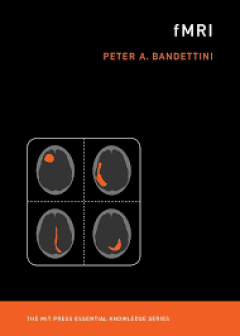
fMRI
An accessible introduction to the history, fundamental concepts, challenges, and controversies of the fMRI by one of the pioneers in the field. The discovery of functional MRI (fMRI) methodology in 1991 was a breakthrough in neuroscience research. This non-invasive, relatively high-speed, and high sensitivity method of mapping human brain activity enabled observation of subtle localized changes…
- Edition
- -
- ISBN/ISSN
- 9780262356770
- Collation
- 1 online resource (280 pages).
- Series Title
- -
- Call Number
- -

Biomedical signal analysis :contemporary methods and applications
"Biomedical signal analysis has become one of the most important visualization and interpretation methods in biology and medicine. Many new and powerful instruments for detecting, storing, transmitting, analyzing, and displaying images have been developed in recent years, allowing scientists and physicians to obtain quantitative measurements to support scientific hypotheses and medical diagnose…
- Edition
- -
- ISBN/ISSN
- 9780262259248
- Collation
- 1 online resource (xiii, 415 pages, 8 unnumbered pages of plates) :illustrations (some color)
- Series Title
- -
- Call Number
- -
 Computer Science, Information & General Works
Computer Science, Information & General Works  Philosophy & Psychology
Philosophy & Psychology  Religion
Religion  Social Sciences
Social Sciences  Language
Language  Pure Science
Pure Science  Applied Sciences
Applied Sciences  Art & Recreation
Art & Recreation  Literature
Literature  History & Geography
History & Geography